
On the self-portrait of Edvard Munch, we see the figure of a man with a lit cigarette, shrouded in gray tobacco smoke, which is designed to increase the expressiveness of the artist’s face and his right hand in the picture. In fact, this smoke becomes a frame, a frame for them, slowly rising from the right sleeve to the artist’s temples; the dazzling whiteness of the cuff and wide collar creates an additional limiting effect. Thin strokes of red paint indicate swollen veins on the back of the hand, the right temple and the right part of the forehead are tinted in yellow.
Thanks to this technique, the viewer’s attention is focused on the artist’s gaze, on his strong, nervous hand. For greater expressiveness, Munch abandons local colors in favor of the main ones. More importantly, he almost completely rejects the realistic transfer of any background. The space in which the artist’s figure is placed, as if growing out of a certain abyss, is drawn with sufficiently liquid oil paints, hasty, mostly red and blue strokes.
Carefully written face and hand with a cigarette are opposed by the artist to an almost abstract reproduction of the environment, and this is what makes the picture so lively and spontaneous. Of course, the contrast of lightness and zero gravity of the blue cigarette haze and the direct, strict and resolute gaze of the artist, aspiring in the mirror, often pushed critics to interpret the picture using facts from the artist’s biography, but in his posture such courage and determination are felt, which becomes clear: he is above all interference in his life and work.
By the time the self-lighted cigarette was created, in which Edvard Munch sought to understand his own image and personality, the artist had gone through a significant part of his creative career, which went through scandals, hard work and unhappiness. Illness and heightened sensitivity accompanied the creative development of Munch and formed the essence of his artistic vision.
 Spring by Edvard Munch
Spring by Edvard Munch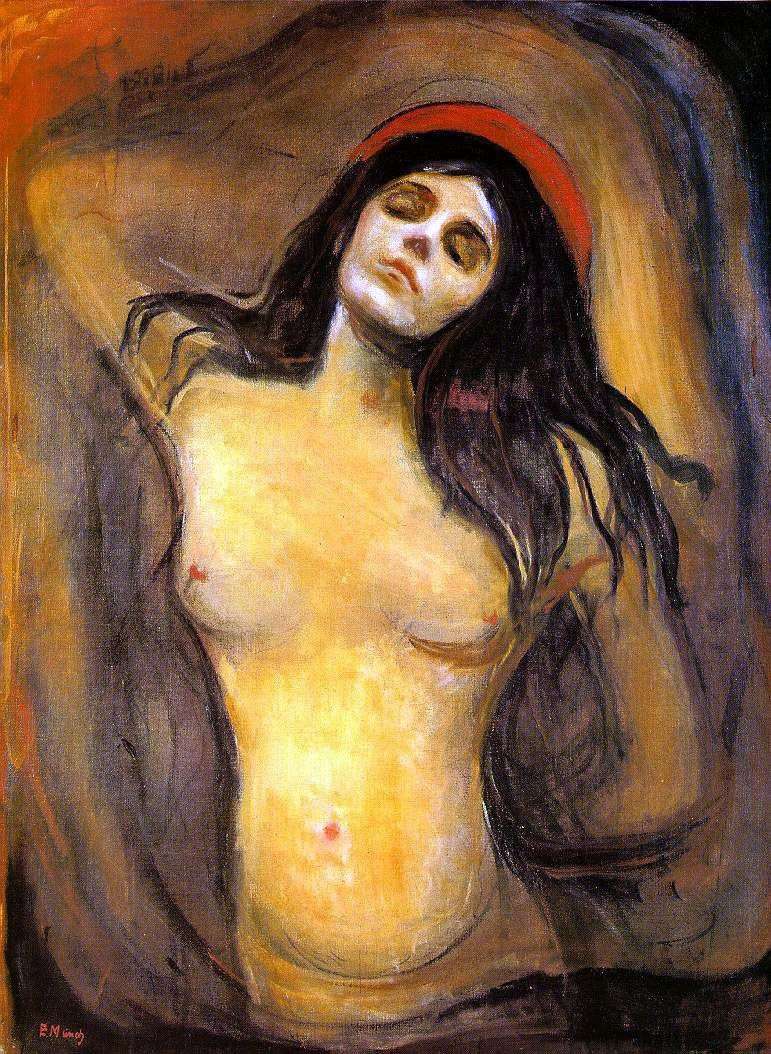 Madonna by Edvard Munch
Madonna by Edvard Munch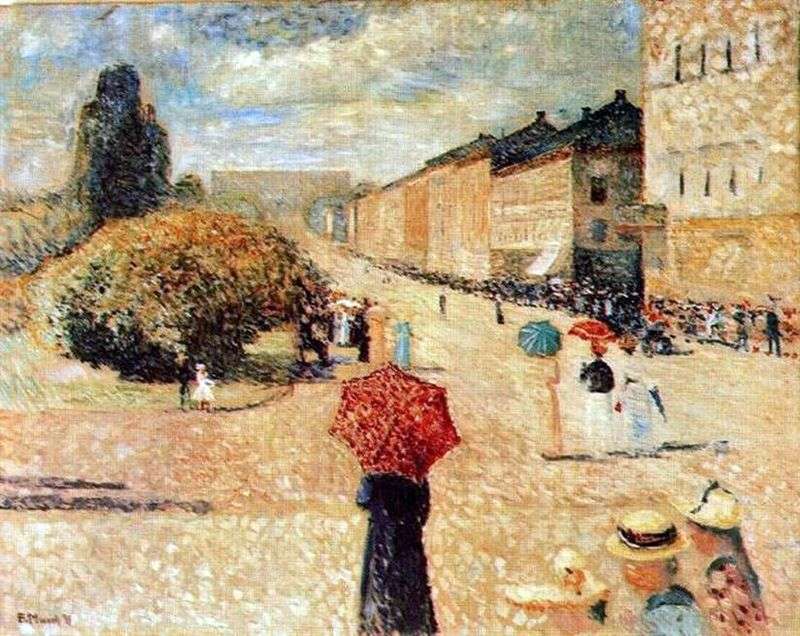 Spring Day at Karl-Johans-Gate by Edvard Munch
Spring Day at Karl-Johans-Gate by Edvard Munch Portrait of Augustus Strindberg by Edvard Munch
Portrait of Augustus Strindberg by Edvard Munch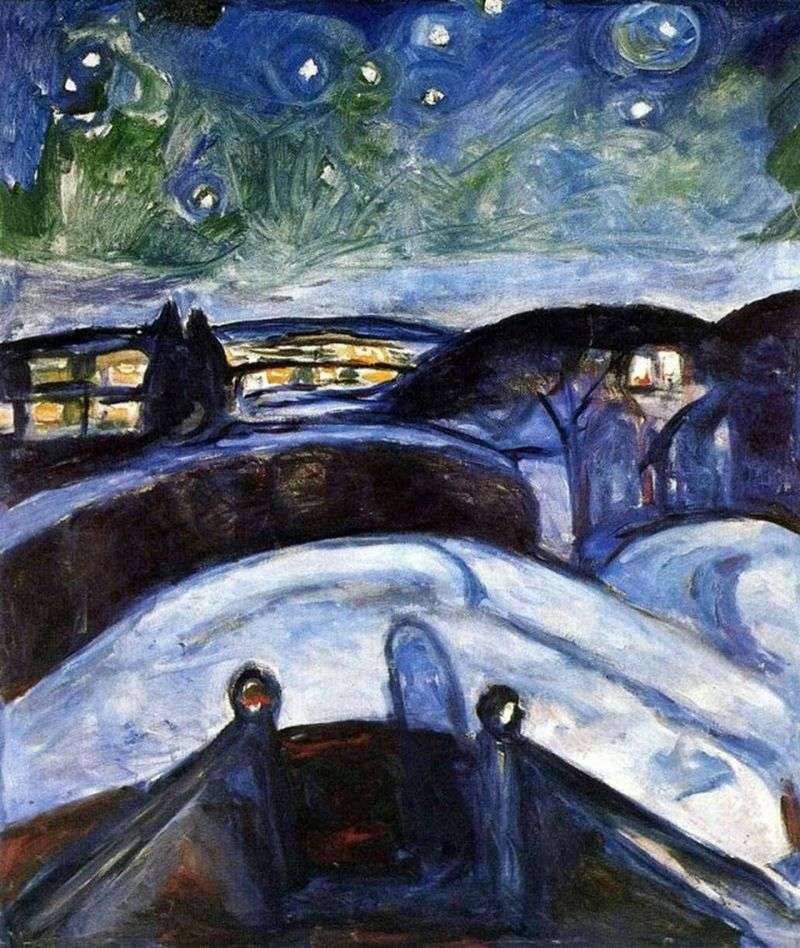 Starry Night by Edvard Munch
Starry Night by Edvard Munch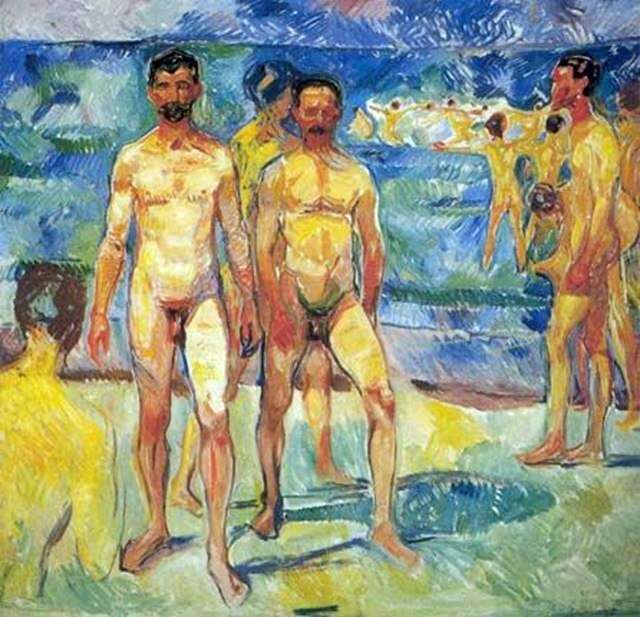 Men on the beach by Edvard Munch
Men on the beach by Edvard Munch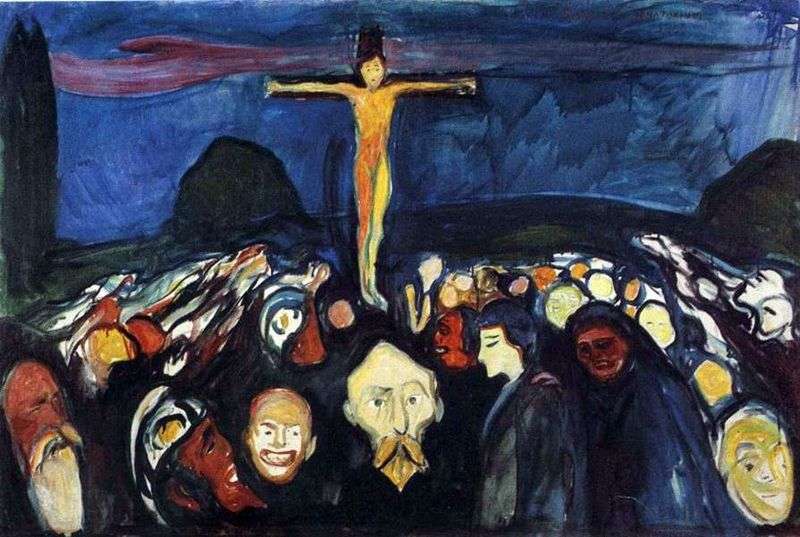 Calvary by Edvard Munch
Calvary by Edvard Munch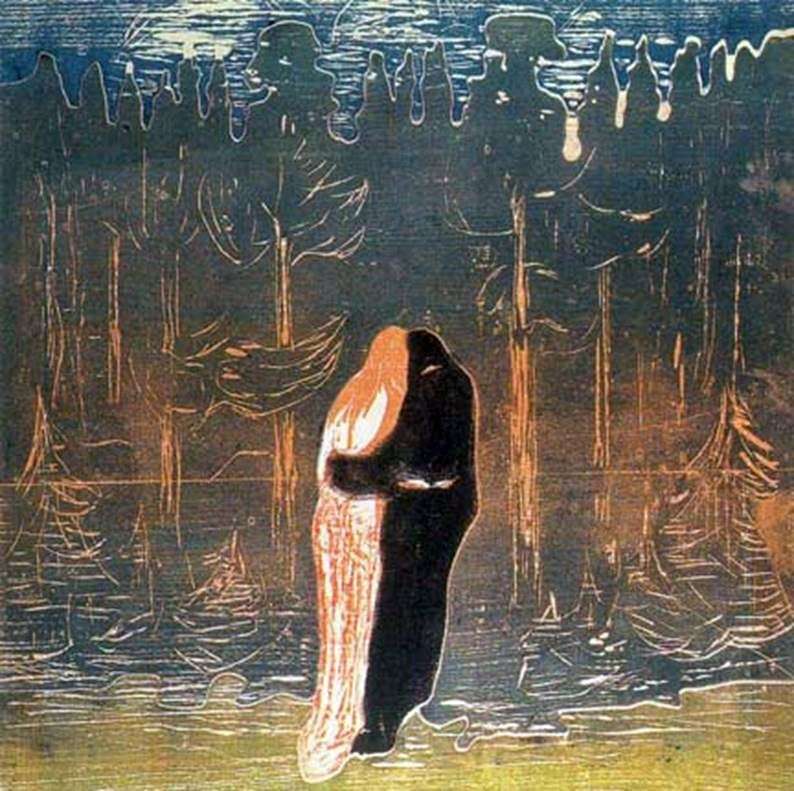 Lovers by Edvard Munch
Lovers by Edvard Munch